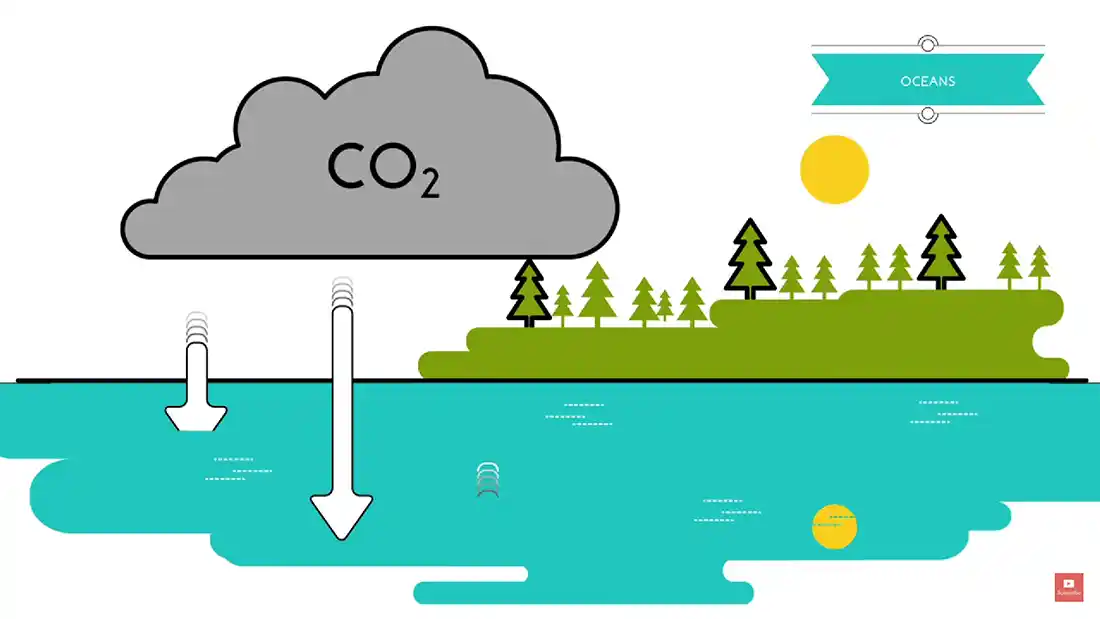

Peat bogs, decay, environment, ecosystem, organisms, decomposition, preservation, death, organic decay, mechanical decay.
We know that there are instances where the rate of decay can be slowed, and that there are places that help preserve organisms that have died - just look at the ways we dig up dinosaurs and find insects in amber. But what about in today's world?
A peat bog is an area of land that is quite muddy, wet and semi-liquid. If you were to walk through one, you would eventually sink into it, like quick sand. In the UK, places like Wales and Scotland are abundant in peat bogs. They provide a unique set of organisms a place to live and breed, which makes their biodiversity rich.
Within this biodiversity are tiny microorganisms, and while they live off the organic matter in the area, they don't always consume a lot of it, and are often slower than other microorganisms that live elsewhere. This could be because these areas are usually colder than others, and also contain more moisture.

A "Jack O' Lantern" origin story is that during the 1600s it was a nickname for strange lights over the top of peat bogs. They were mistaken for ghosts and fairies. It wasn't until people started carving turnips in the 1800s that the familiar name got it's modern meaning.
The following still is from a video on peat formation, with the following details:
Please click on the image to view the video.

So, what is decay?
Well, after an organism dies, it doesn't just sit there doing nothing. It ends up becoming bone in something called a rate of decay. This decay is the process of something losing it's structure.
There are different types of decay. Here are some examples:
Organic: organic decay is the breakdown of an organism. It could be your pet animal, an animal that has died in a road accident (often a squirrel, badger or fox). Anything that is organic in it's original makeup has a rate of decay. Some things are quicker than others (depending on size).
Mechanical: mechanical decay is the decay of something man-made that ends up giving way to Mother Nature in that it gets opened to the elements. An example of this is an old car. If it would sit in the same position without use or care given to it, it would eventually rust and rot away.
Decay is the starting process of decomposition. An example being human remains. When we die, we are often buried. This is usually within a wooden coffin - a box that holds our body when lowered into the ground - and our body just lies there with no interaction with the ground. Eventually, over a fairly long period of time, our body begins to decay. It will first build up with gases from our insides, and then we go into rigor mortis. Our dead bodies take up to 50 years to fully decay and turn to bone.
If you are unable to see the board, please click here.
Carbon, sinks, environment, absorption, natural, artificial, man-made, large area
A carbon sink is a natural or man-made source that absorbs carbon, and releases only a smaller amount back into the atmosphere.
To think of it as a shoe box, you can fill that shoe box with more than just shoes, right? I mean, there's still space around the shoe to fit other, smaller items around it. So, in terms of the box, you could put sand in it, for example. Go on, on top of the shoes. That's good. Now, what if I want to remove the shoes? Well, you can, but they may be covered in sand.
To put that into natural perspective, let's look at an ocean. They are vast, and there are seven of them. The ocean takes up to 50% of the carbon from the atmosphere and repurposes it. How? Well, in the ocean are organisms that use it for energy. Much like trees (we'll come to that) do the same thing, so do plankton, photosynthetic organisms and algae. They photosynthesis or "breathe in" the carbon in some form, and release oxygen.
So, what about the trees? Oh yes, they are a carbon sink also, and they photosynthesise, which uses the carbon to create oxygen and energy. They, however, do not create as much as the algae and oceans do in terms of oxygen, nor do they take in as much carbon.
So, we've covered the natural resources and how they work in carbon sinks, but what about man-made techniques?
Well, there are many ways to do this, like sequestering carbon from the atmosphere and moving it down into the lower crust of the Earth. This type of technology is still in it's infancy, and it has not yet become powerful enough to help combat climate change.
The following still is from a video on carbon sinks, with the following details:
Please click on the image to view the video.

Disclaimer | About Me | Sitemap
Website design by SyntaxHTML.



Blue icons adapted from icons courtesy of Smashicons.com